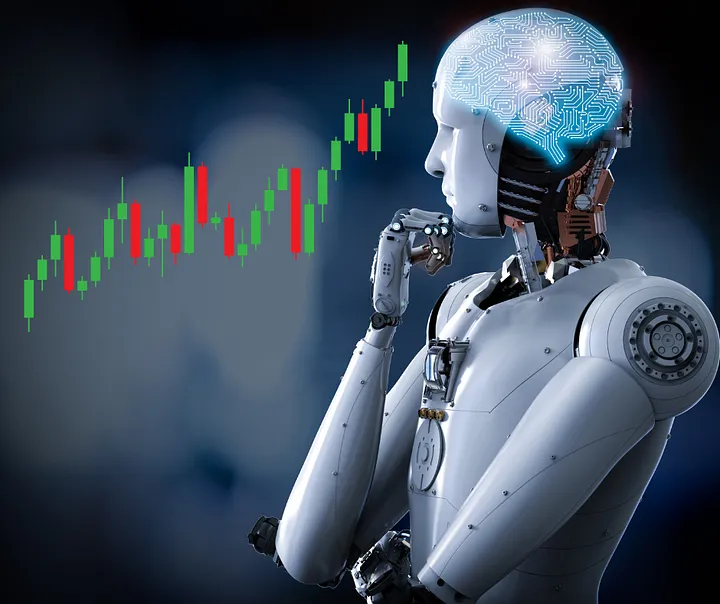9 Reasons Why Trading Bots are Outperforming Manual Traders:


In today’s fast-paced financial markets, trading bots are rapidly gaining popularity as a way to automate trading and improve profitability. These automated systems have several advantages over human traders, including their speed, accuracy, consistency, scalability, cost-efficiency, risk management, flexibility, and continuous learning ability.
Trading bots can process and analyze vast amounts of data much faster than humans, allowing them to identify and exploit trading opportunities more quickly. They are also not susceptible to human emotions such as fear and greed, which can lead to costly mistakes. Additionally, trading bots can trade 24/7, without the need for breaks or sleep. This gives them an edge over human traders, who are limited by their own time and energy.
As a result of these advantages, trading bots are increasingly being used by investors of all levels of experience. While human traders still have a role to play in the markets, trading bots are quickly becoming a dominant force.
1. Speed and efficiency:
Trading bots can execute trades much faster than humans. This is because they are not limited by human reaction time or decision-making ability. This can be an advantage in volatile markets, where prices can change rapidly.[1]
2. Unaffected by emotions:
Trading bots are not influenced by emotions, such as fear and greed. This can be a major advantage, as these emotions can often lead to poor trading decisions.[2]
3. Continuous monitoring:
Trading bots can monitor the markets 24/7, which is not possible for humans. This allows them to identify trading opportunities that humans might miss.[3]
4. Data-driven analysis:
Trading bots can analyze vast amounts of financial data to identify trading opportunities with a higher probability of success. This is because they can process data much faster and more efficiently than humans.[4]
5. Backtesting and optimization:
Trading bots can backtest trading strategies using historical data to identify the most effective strategies. They can also be optimized to improve their performance. This can help to reduce the risk of losses.[5]
6. Diversification and risk management:
Trading bots can simultaneously manage multiple trades across different markets. This helps to diversify risk and reduce the chances of large losses.[6]
7. Discipline and consistency:
Trading bots can adhere to trading rules and strategies consistently. This can help to improve profitability over time.[7]
8. Rapid adaptability:
Trading bots can adapt to changing market conditions quickly. This can help them to take advantage of new opportunities and avoid losses.[8]
9. Reduced human error:
Trading bots can help to reduce the risk of human error, which can be costly in the financial markets. This is because they are not susceptible to fatigue, boredom, or other factors that can lead to human error.[9]
References
1. Tabb Group. (2022). US Equity Market Structure: Evolving Composition & Dynamics.
2. Journal of Finance and Investment Analysis. (2018). Emotional biases and trading performance.
3. Bank for International Settlements. (2020). High-frequency trading in the foreign exchange market.
4. CFA Institute. (2019). Algorithms in finance: State of the art.
5. Journal of Financial Markets. (2017). Trading algorithms and market manipulation.
6. Bloomberg. (2021). The rise of trading bots in financial markets.
7. Journal of Behavioral Finance. (2020). Cognitive biases in investment decision making: Empirical evidence.
8. McKinsey & Company. (2018). AI, automation, and the future of work: Ten things to solve for.
9. Journal of Finance and Economics. (2016). Market automation, trading costs, and the liquidity provider role of high-frequency traders.
© 2023 Lighthouse Investments Pty Ltd. All Rights Reserved.

